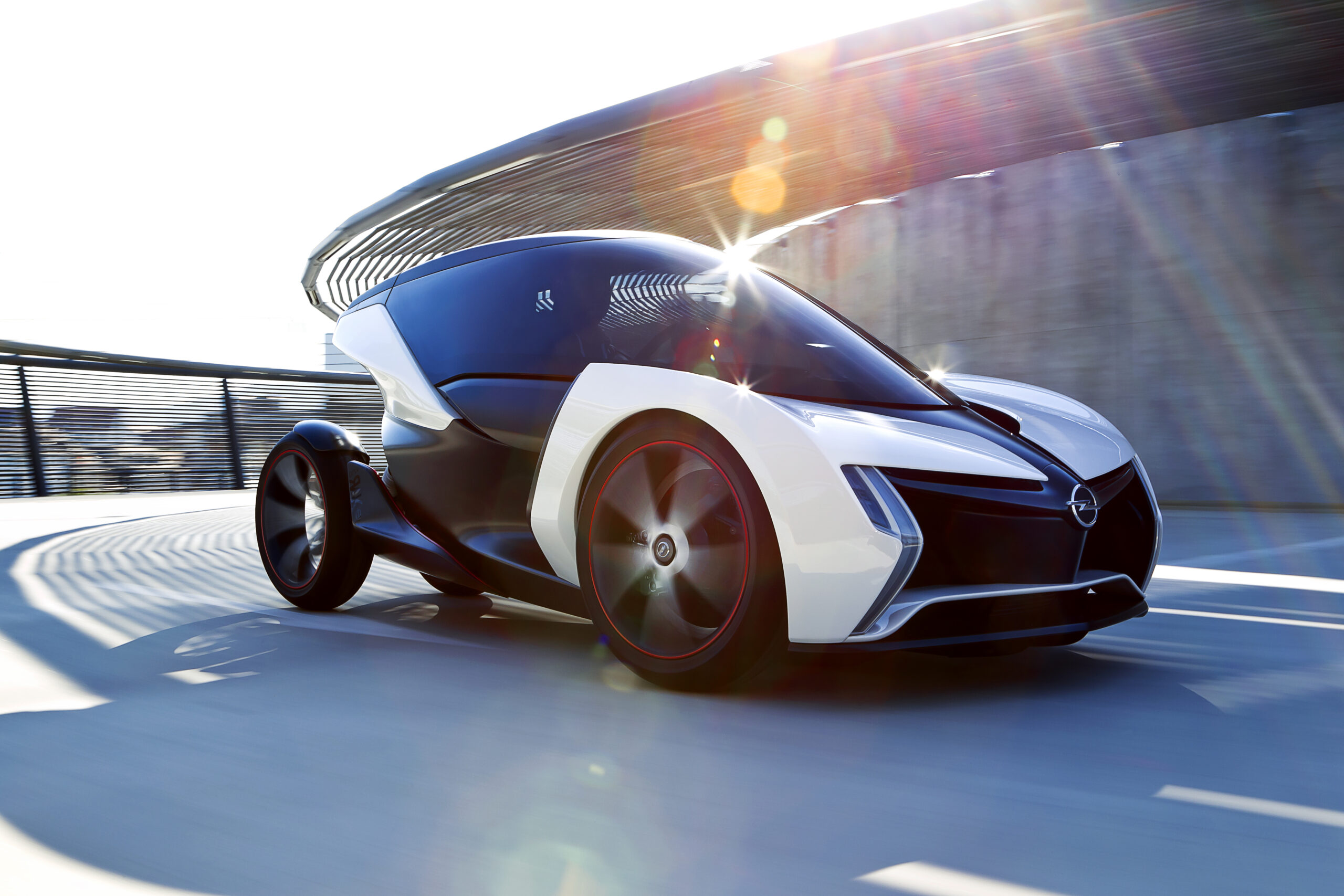
Simply Electrifying: Visionary Opel Studies RAK-e and RAD-e
Simply Electrifying: Visionary Opel Studies RAK-e and RAD-e

Almost 100 years ago Opel was the world’s largest bicycle manufacturer. The company then shifted its focus to automobile production, where it has continued making innovations accessible to everyone ever since. In keeping with the manufacturer’s tradition, Opel engineers still turn their attention to two and three-wheel concept vehicles every so often. They do so while keeping a careful eye on important current and future aspects of mobility such as clean drive systems, increasing traffic density in cities and much more. Two exciting electrically-powered concepts made their premiere at motor shows in 2011 and 2012: the RAK-e and RAD-e studies.

The battery-operated tandem two-seater RAK-e made a very cool debut at the Frankfurt Motor Show (IAA) in 2011. The unconventional study, with a vehicle layout strongly reminiscent of a velomobile, is a dynamic lightweight concept for an affordable zero-emission vehicle.
The aerodynamically sophisticated RAK-e has two wheels with a wider track on the front axle and is driven by closely mounted double rear wheels – very similar to a three-wheel recumbent bicycle. The emission-free lightweight vehicle weighs only 380 kilogrammes. The RAK-e’s bold design, 100-kilometre range and top speed of 120 km/h make the emission-free electric city car look good even on the motorway. It costs just one euro to travel 100 kilometres. The innovative concept looks far beyond all conventional vehicle segments and is also aimed at young people: with a RAK-e variant limited to 45 km/h, even 16-year-olds could take the wheel and go for a drive.

RAD-e: Chic electric bicycle study for urban dwellers
Just a good six months after the celebrated world premiere of the RAK-e, Opel presented the study of a modern e-bike at the 2012 Geneva Motor Show. The RAD-e was the first e-bike study to use design and production methods from the automotive industry. The RAD-e’s pedelec drive was based on a 250-watt electric motor powered by a lithium-ion battery. At an average speed of 20 km/h, the RAD-e was set to travel up to 45 kilometres purely electrically. The RAD-e was therefore ideal for customers dependent on mobility who had little or no access to a car. The maximum charging time was 2.5 hours.
The RAD-e confidently showed elements of Opel’s sculptural design philosophy with curved forms. The designers thus stylishly recalled the early days of Opel as a bicycle manufacturer and built a bridge from the past to the future with this study.

